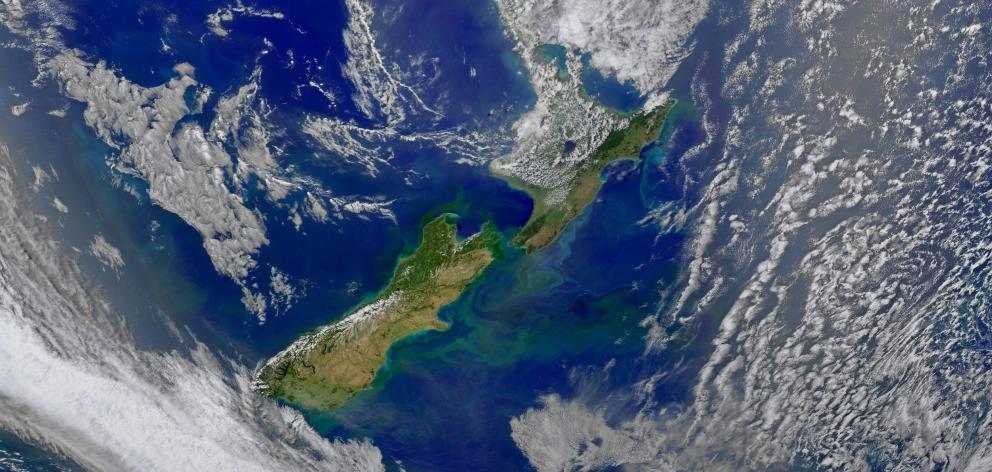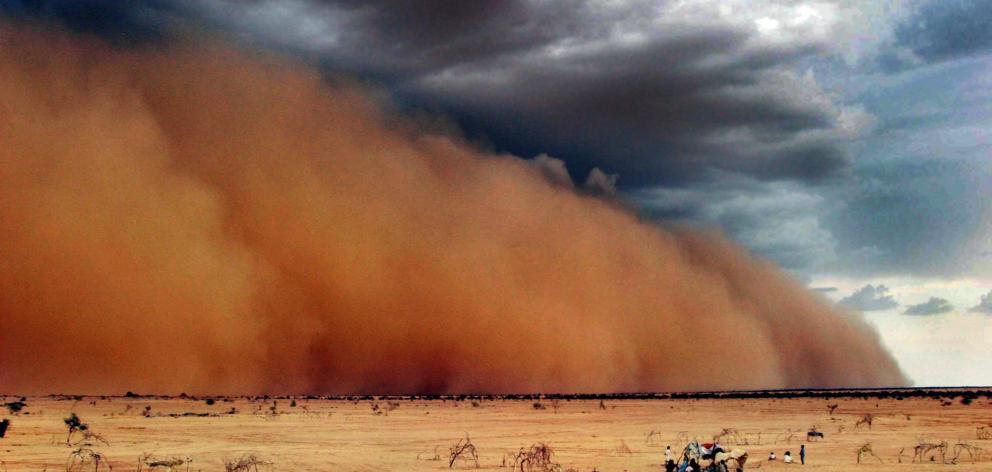
New Zealand has some of the cleanest and safest air on the planet, a new World Health Organisation (WHO) report suggests.
The report analysed data from more than 100 nations, comparing exposure with ambient air pollution and related death and illness.
It showed New Zealand was either in the top five or 10 nations with the best results for concentrations of PM2.5 - a key measure of air pollution - along with rates of deaths, disease and illness that could be attributed to pollution.
However, Associate Professor Simon Hales of University of Otago's Department of Public Health questioned whether the report's methods accurately reflected rates in smaller countries such as New Zealand.
``Their estimates of PM2.5 exposure use data from satellites, which are excellent for large countries with little surface air pollution monitoring data, but do not perform so well at local scale in small countries like New Zealand,'' Hales said.
The resolution of their data is of the order of 10km, which was too coarse for most New Zealand urban areas, he said.
``The study authors did not assess health impacts of exposures below 5.9 µg/m3.'
``Again, this makes sense if exposures are high, as in countries with a lot of heavy industry or using biomass for heating and cooking.
``It is not so appropriate for New Zealand, since we know from epidemiological studies of mortality that the comparatively low levels of exposure do have a substantial health impact here.
``We can and should reduce levels of exposure still further.''
A 2014 report by Parliamentary Commissioner for the Environment Dr Jan Wright found the state of New Zealand's air was generally good, as could be expected in a windswept maritime country with a small population and little heavy industry.
Air quality was poorer in some towns and cities during cold, calm days in winter, but even in these places air quality was high on most days, she found.
What the WHO report found
New Zealand had one of the lowest annual median concentrations of PM2.5 (particulate matter under 2.5 micrometres in diameter), with a rate of five micrograms per cubic metre of air, across urban and rural areas.
This was equalled only by the Solomon Islands, Kiribati and Brunei Darussalam; and lower than other low-rating nations including Sweden (6µg/m3), Fiji (6µg/m3), Australia (6µg/m3), Canada (7µg/m3), Finland (7µg/m3), Iceland (8µg/m3), Estonia (8µg/m3) and Liberia (8µg/m3).
At the other end of the spectrum, nations with the highest amounts were Saudia Arabia (108µg/m3), Qatar (103µg/m3), Egypt (93µg/m3) and Kuwait (75µg/m3).
The data, as at 2012, showed New Zealand as having one of the lowest rates of death attributable to ambient air pollution, with 0.3 (age-standardised) deaths per 100,000 people.
Australia and Sweden had only slightly better rates, with 0.2 deaths per 100,000 people.
This compared with high rates per 100,000 people in Turkmenistan (89) Afghanistan (81), Egypt (64), Mali (62) and China (60).
New Zealand listed 20 deaths attributable to air pollution, including four to stroke, three to lung cancer and 13 to ischemic heart disease.
In terms of rates of years of life lost to air pollution, New Zealand had a figure of six per 100,000 people - a level only higher than the Solomon Islands (zero years), Sweden (three), Micronesia (four) and Australia (five).
Countries with the highest rates were Turkmenistan (3120) Afghanistan (2456 years) Tajikistan (2346) and Uzbekistan (2196).

Global picture not so pretty
More concerning was that the data confirmed that 92 percent of the world's population lived in places where air quality levels exceed WHO limits.
About three million deaths each year were linked to exposure to outdoor air pollution, and indoor air pollution could be just as deadly.
In 2012, an estimated 6.5 million deaths were associated with indoor and outdoor air pollution together.
Nearly 90 per cent of air-pollution-related deaths occur in low- and middle-income countries, with nearly two out of three occurring in Southeast Asia and western Pacific regions.
Ninety-four percent were due to noncommunicable diseases - notably cardiovascular diseases, stroke, chronic obstructive pulmonary disease and lung cancer.
Air pollution also increased the risks for acute respiratory infections.
``Air pollution continues take a toll on the health of the most vulnerable populations - women, children and the older adults,'' said WHO assistant director-general Dr Flavia Bustreo.
``For people to be healthy, they must breathe clean air from their first breath to their last.''
Major sources of air pollution included inefficient modes of transport, household fuel and waste burning, coal-fired power plants, and industrial activities.
However, not all air pollution originated from human activity: air quality could also be influenced by dust storms, particularly in regions close to deserts.












